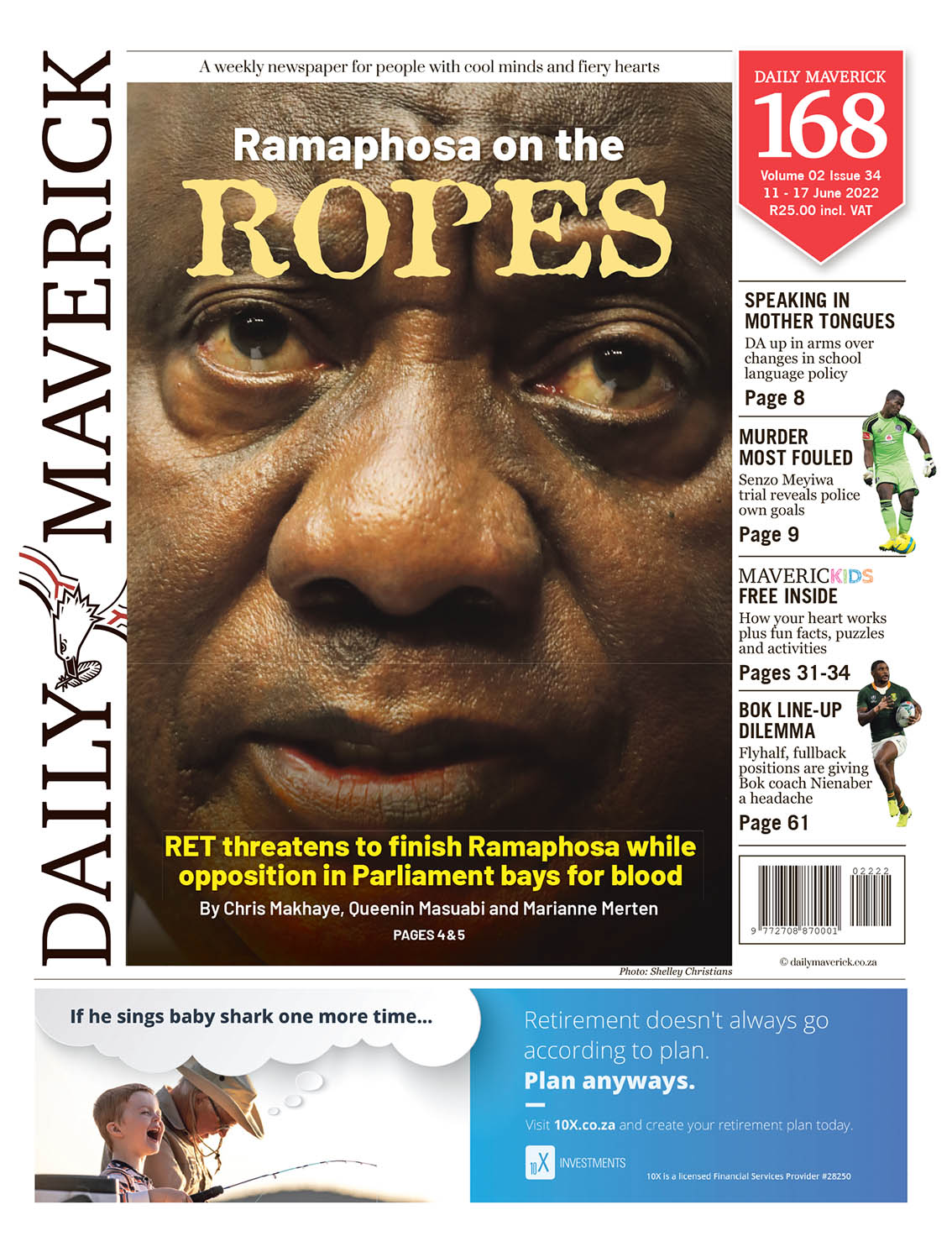A left alternative to both the kleptocratic politics of the Radical Economic Transformation (RET) faction of the ANC and the neoliberalism of Cyril Ramaphosa would have to find its starting point in existing mass organisations. Outside of the ANC there are two mass organisations with significant membership. One is Abahlali baseMjondolo with about 100,000 members and the other is Numsa with about 300,000.
Numsa, of course, formed Saftu but the federation is a strange beast as many of its affiliates are tiny and others are in total disarray. Usually a federation would have far more power than its affiliates, but in the case of Saftu it has far less power than Numsa, which is by far its largest affiliate. The result is that without Numsa’s support Saftu is an empty shell.
It is no secret that Saftu general secretary Zwelinzima Vavi and Numsa GS Irvin Jim have very different politics. Vavi is understood to have solid relations with the civil society sector and aspires to build and lead a social democratic left party. He is strongly supported by many in civil society. Jim, on the other hand, remains committed to the communism he learnt from his mentor, Chris Hani, and is committed to a much harder left agenda. This agenda is not supported by most civil society formations.
In recent months there has been a steady trickle of articles in the media based on comments from people in the pro-Vavi camp. Some of these articles have been tendentious. Speaking to people who are intimately familiar with the inner workings of Numsa, it was clear that there is a strong sense that there has been a well-organised media campaign against the current leadership of the union. There is a strong view that there has been considerable spin.
One example repeated to me pertains to the time Jim met Nkosazana Dlamini Zuma in 2017. Some media reports based on anonymous sources suggested that this meant that Jim was aligned to the RET faction. However the people I spoke to, who I consider to be people of integrity, say that in fact Jim met Dlamini Zuma in her capacity as chairperson of the African Union to request her support for Fred M’membe, editor of The Post newspaper in Zambia, which was facing severe repression. M’membe – who is president of the Socialist Party – and Jim share a formative political relationship with Hani and are old comrades.
The Vavi faction has had regular access to the media and its views are regularly ventilated, even when they veer into the terrain of unsubstantiated personal attacks. The views of the current Numsa leadership do not have the same access to the media. In the interests of seeking some balance I spoke to Mbuso Ngubane, the regional general secretary of Numsa in KwaZulu-Natal.
Ngubane was frank about the challenges faced by the union. For instance, he noted that while Numsa was expanding into new sector agreements, they have not always been secured, with the result that the union has to service more members with less income. He also noted that the recent assassination of a Numsa organiser in Rustenburg was a very worrying development and could have been organised by rival unions.
He acknowledged the divisions in the union and what he called the “high levels of contestation” over the union from outside of its structures. He said there was a “project” to capture Numsa, and that for some people this was about access to the union’s resources.
Ngubane told me that three of the nine Numsa regions support Vavi while the rest support Jim. The primary criticism of Vavi from the six pro-Jim regions is that he is not an effective organiser on the ground and that this is shown in his failure to build Saftu or to support the progress of any of its affiliates. Ngubane said similar concerns were raised by unions like Popcru and Nehawu when Vavi was general secretary of Cosatu.
In this period of crisis for South Africa, and for the union movement and the left, a constructive analysis should eschew character assassination and look at the actual political differences at play in the movement. To put the differences between Vavi and Jim in political rather than personal terms, and to give the kindest interpretation in both cases, Vavi’s project is more Gramscian and Jim’s is more Leninist. In organisational terms Vavi is more civil society-aligned while Jim is more oriented to worker formations and has been hugely successful in building Numsa’s reach into new sectors.
My own view is that in this conjecture, Gramscian forms of politics will be more effective than Leninism, that the broadest possible alliances among progressives are necessary, and that building mass organisation is imperative. In other words, we need a synthesis of the forms of politics that have come to be associated with Vavi and with Jim. DM
This story first appeared in our weekly Daily Maverick 168 newspaper, which is available countrywide for R25.


















 Become an Insider
Become an Insider
Comments - Please login in order to comment.